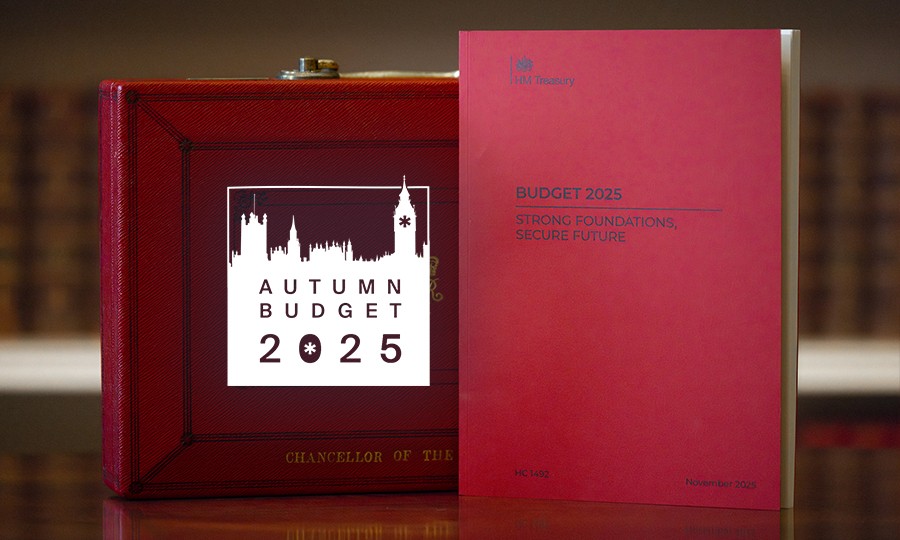Autumn Budget 2025: Key Updates for Employers & Workforce Planning
The Autumn Budget, announced on 26 November 2025, introduced several updates that will influence pay, staffing and business planning over the next few years.
National Living Wage & Minimum Wage Increases
From 1 April 2026, statutory wage rates will rise:
- National Living Wage (21+) → £12.71 per hour
- 18–20 rate → £10.85 per hour
- 16–17 & apprentice rate → £8.00 per hour
These changes will be especially important for sectors with large hourly-paid or temporary workforces such as warehousing, logistics, retail and hospitality. Employers may want to review pay structures ahead of next April.
Income Tax & National Insurance Thresholds
The freeze on personal tax thresholds has been extended to 2031.
While this doesn’t change current pay, it does mean more employees may gradually move into higher tax bands as wages rise. It’s a good prompt for businesses to keep an eye on pay progression and payroll forecasting.
Pension Salary Sacrifice – Changes from 2029
From April 2029, the amount of pension contributions that can be paid via salary sacrifice without NI will be capped at £2,000 per year.
This mainly affects higher earners who pay more into their pension. Employers offering enhanced pension benefits may want to plan ahead and review long-term reward packages.
Wider Business & Sector Investment
The Budget also outlined continued investment in several key areas, which may support future job creation:
- Infrastructure and construction – Ongoing government capital spending may create demand for skilled and semi-skilled workers across major projects.
- Healthcare – Investment in health infrastructure and services could lead to new administrative, support and operational roles.
- Digital infrastructure and green energy – Funding in these areas may generate opportunities for technical and project-related hires.
- Support for SME apprenticeships – From 2026, training costs for apprentices under 25 taken on by SMEs will be fully funded, which may encourage more businesses to hire and train new entrants.
These priorities could contribute to increased staffing requirements in the medium term, especially within logistics, manufacturing, construction, tech and public service-linked sectors.
What This Means for Employers
Overall, the Budget brings a blend of pay updates, long-term changes to benefits and targeted investment. Practical considerations for employers include:
- Reviewing hourly pay and staffing budgets for April 2026
- Planning for the 2029 pension salary-sacrifice change
- Keeping an eye on hiring demand in growing or investment-backed sectors
- Considering how apprenticeship funding changes may support early-career recruitment
- Using flexible staffing options as workforce needs evolve
Alongside cost changes, the investment commitments in several sectors and the support for SME apprenticeships may create new opportunities for hiring and workforce growth over the coming years. To learn more about how the 2025 Autumn Budget affects Apprenticeships, please read our News post here.
Clearline Recruitment Support
Clearline Recruitment will continue to monitor labour-market developments and support employers across Sussex and the UK with clear advice, flexible staffing options, and permanent recruitment solutions.
If you’d like help reviewing staffing needs or planning for 2026, our team is here to support you.

